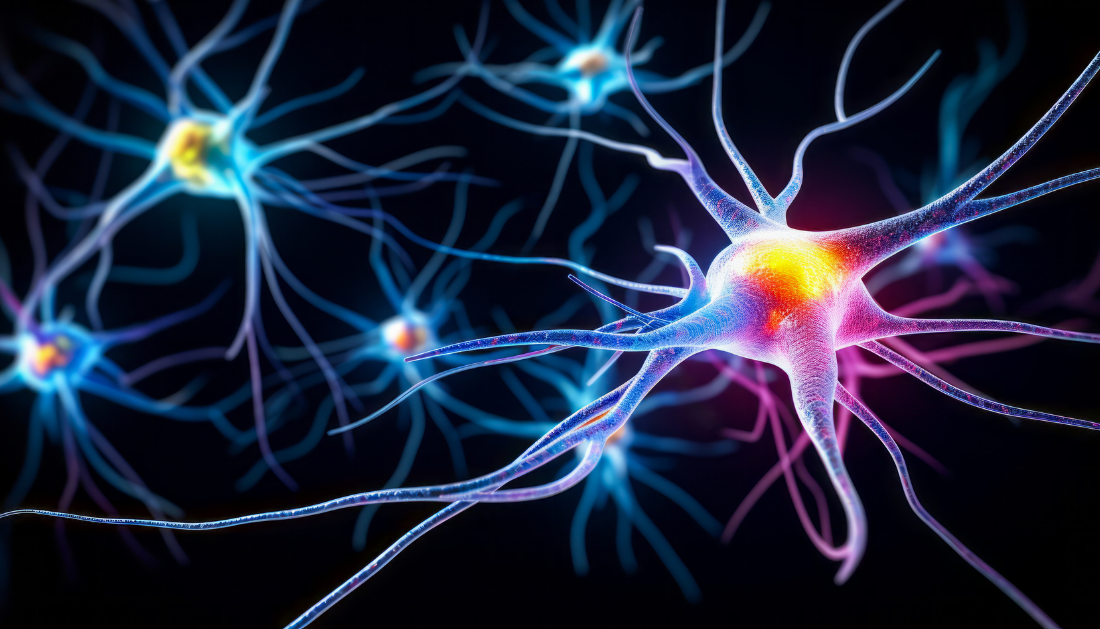

Based on a new study by Kim Hai-Man Chow and colleagues at the Chinese University of Hong Kong, published online April 9 in the open-access journal PLOS Biology, post-mitotic neurons that re-enter the cell cycle in the brain quickly succumb to senescence, and this re-entry is more common in Alzheimer’s disease.
The discovery technique can be easily extended to other questions about distinct cell populations in the brain. The phenomena might offer a chance to gain additional insights into the neurodegenerative process.
The majority of brain neurons are post-mitotic, which means they have stopped dividing. It had been believed for a long time that this post-mitotic stage was irreversible. A tiny percentage of neurons have been found to reenter the cell cycle, but little is known about what happens to them once they do.
Explore cutting-edge insights and discussions in neurology unveiled at the Global Neurology Summit 2024.
The scientists used publicly available databases of “snRNA-seq” data, which is a method of isolating individual single nuclei and sequencing their RNA to provide an overview of the activities of the cell during isolation, to answer this question. The cell cycle is divided into several phases, which include mitosis, growth, division-specific growth, and DNA synthesis. Each phase is distinguished by the particular proteins needed to complete it. As a result, the authors were able to determine which phase of the cycle every given nucleus was in using the set of RNAs.
More than 30,000 nuclei were included in their data, and each one was given a score determined on the degree of expression of roughly 350 genes related to the cell cycle. They discovered that excitatory neurons had, in fact, returned to the cell cycle in small groups. But most of the time, these cells were unable to completely complete the cell cycle and give rise to daughter neurons. Rather, senescence-related genes were expressed more frequently in re-entering cells; in other words, the cells had reawakened just to go into senescence.
The researchers discovered something intriguing: neurons in the brains of patients with Alzheimer’s disease reentered the cell cycle more frequently, and those neurons that had aged and reentered the cell cycle expressed more genes linked to a greater probability of Alzheimer’s disease, including those that directly aid in the production of amyloid, the sticky protein that aggregates in the AD brain.
In a similar vein, re-entering neurons were more prevalent in Parkinson’s disease and Lewy body dementia patients’ brains than in healthy brains.
Although the exact neurobiological significance of this increased re-entry for the diseased brain is yet unknown, the analytical method used here may provide new light on the disease mechanisms underlying neurodegenerative disorders as well as a deeper understanding of the brain’s neuronal subpopulations.
“Because of the rare existence and random localization of these cells in the brain, their molecular profiles and disease-specific heterogeneities remain unclear,” Chow said.
“While experimental validations of these findings in relevant human samples will be conducted in the future, the applicability of this analytical approach in different diseases and cross-species settings offers new opportunities and insights to supplement mainstay histological-based approaches in studying the roles of these cells in brain aging and disease pathogenesis.”
The authors add, “This bioinformatics analytical pipeline demonstrated will offer the field a new tool to unbiasedly dissect cell cycle re-engaging and senescent neurons, and to dissect their heterogeneities in healthy versus disease-affected brains.”
For more information: Neuronal cell cycle reentry events in the aging brain are more prevalent in neurodegeneration and lead to cellular senescence, PLoS Biology (2024), DOI: 10.1371/journal.pbio.3002559
more recommended stories
 Brain’s Biological Age Emerges as Key Health Risk Indicator
Brain’s Biological Age Emerges as Key Health Risk IndicatorClinical Significance of Brain Age in.
 Children’s Health in the United States is Declining!
Children’s Health in the United States is Declining!Summary: A comprehensive analysis of U.S..
 Autoimmune Disorders: ADA2 as a Therapeutic Target
Autoimmune Disorders: ADA2 as a Therapeutic TargetAdenosine deaminase 2 (ADA2) has emerged.
 Is Prediabetes Reversible through Exercise?
Is Prediabetes Reversible through Exercise?150 Minutes of Weekly Exercise May.
 New Blood Cancer Model Unveils Drug Resistance
New Blood Cancer Model Unveils Drug ResistanceNew Lab Model Reveals Gene Mutation.
 Healthy Habits Slash Diverticulitis Risk in Half: Clinical Insights
Healthy Habits Slash Diverticulitis Risk in Half: Clinical InsightsHealthy Habits Slash Diverticulitis Risk in.
 Caffeine and SIDS: A New Prevention Theory
Caffeine and SIDS: A New Prevention TheoryFor the first time in decades,.
 Microbial Metabolites Reveal Health Insights
Microbial Metabolites Reveal Health InsightsThe human body is not just.
 Reelin and Cocaine Addiction: A Breakthrough Study
Reelin and Cocaine Addiction: A Breakthrough StudyA groundbreaking study from the University.
 Preeclampsia and Stroke Risk: Long-Term Effects
Preeclampsia and Stroke Risk: Long-Term EffectsPreeclampsia (PE) – a hypertensive disorder.

Leave a Comment